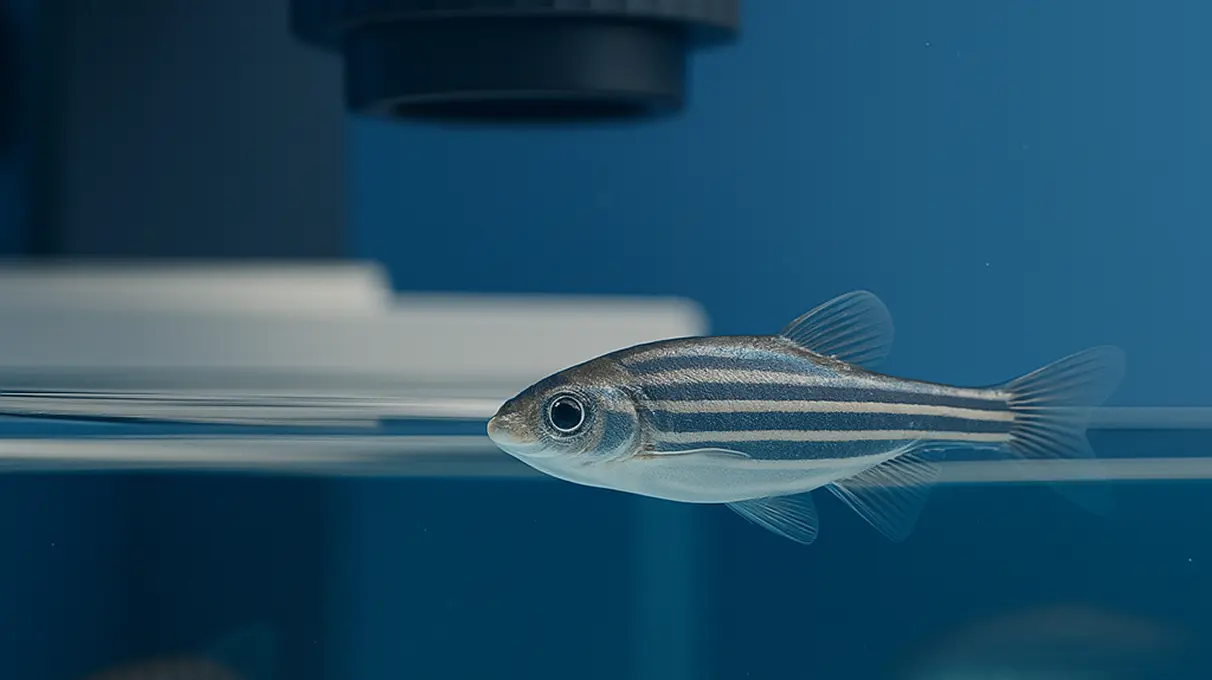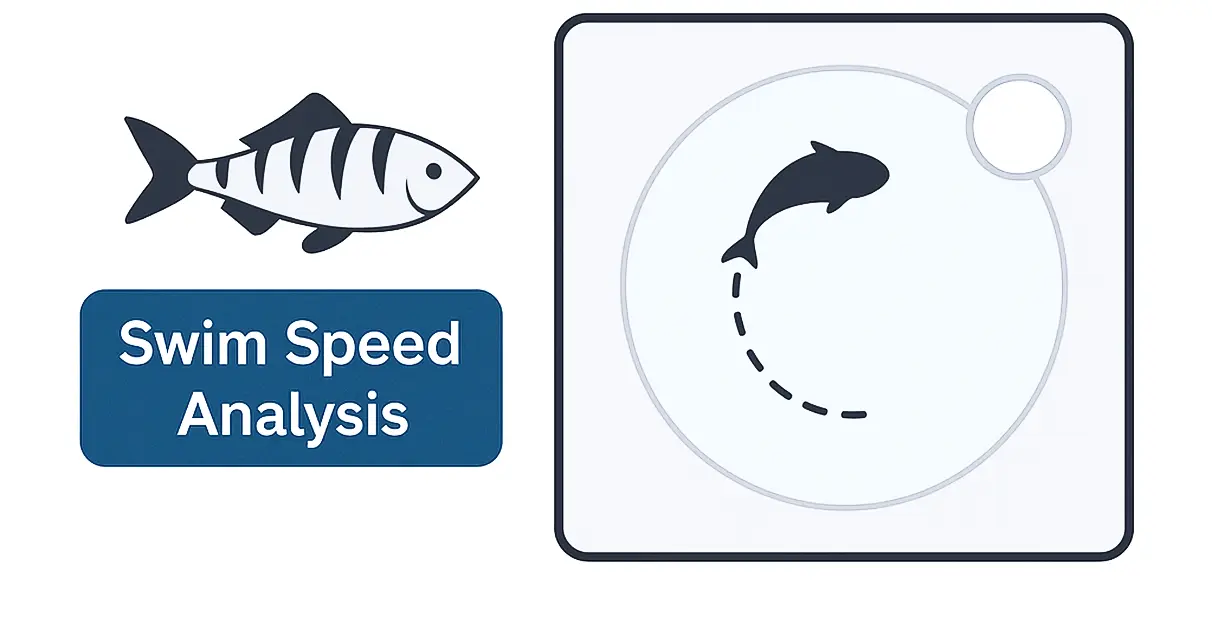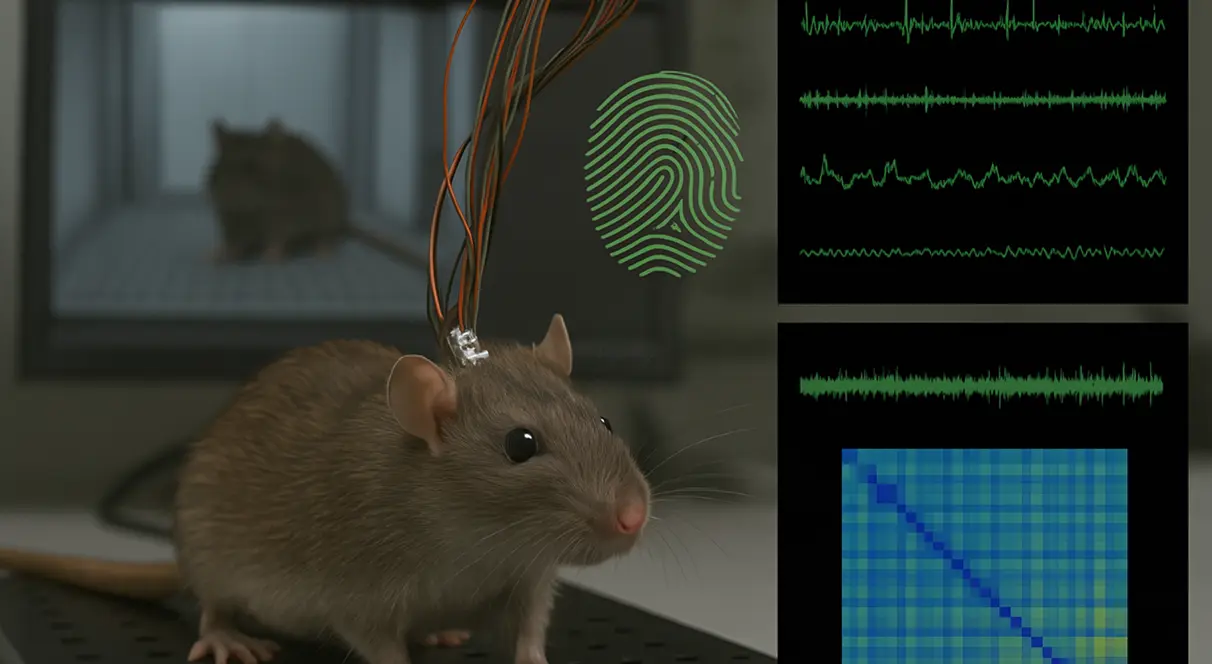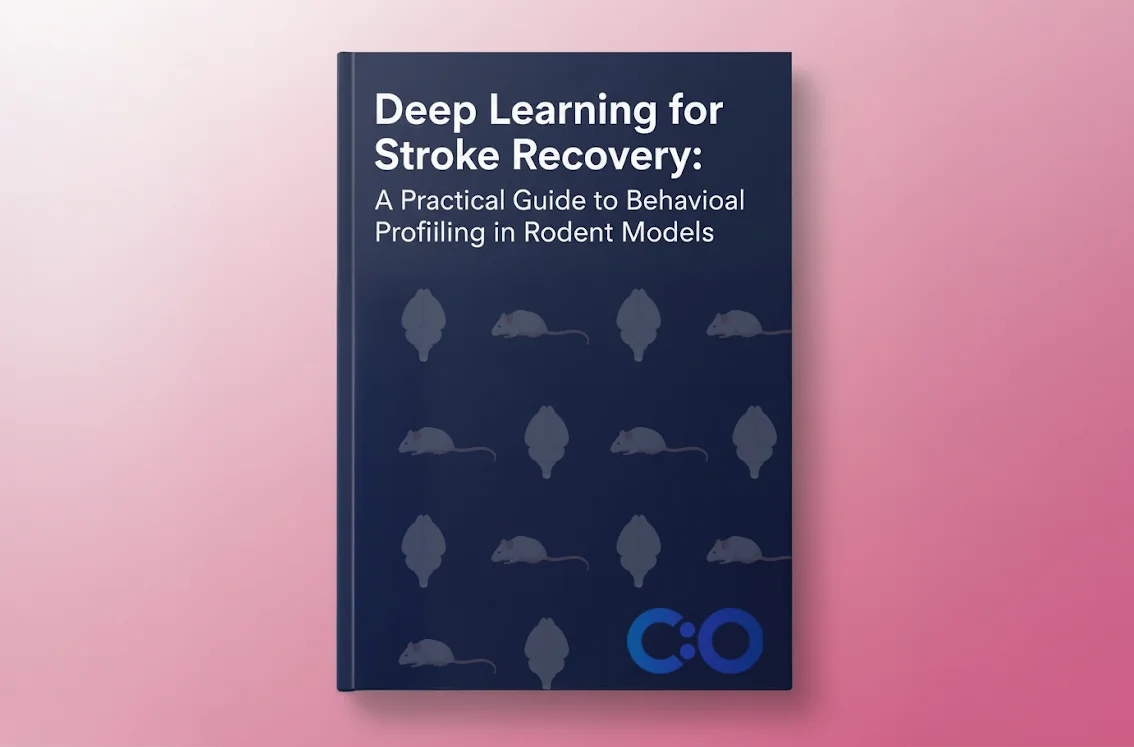
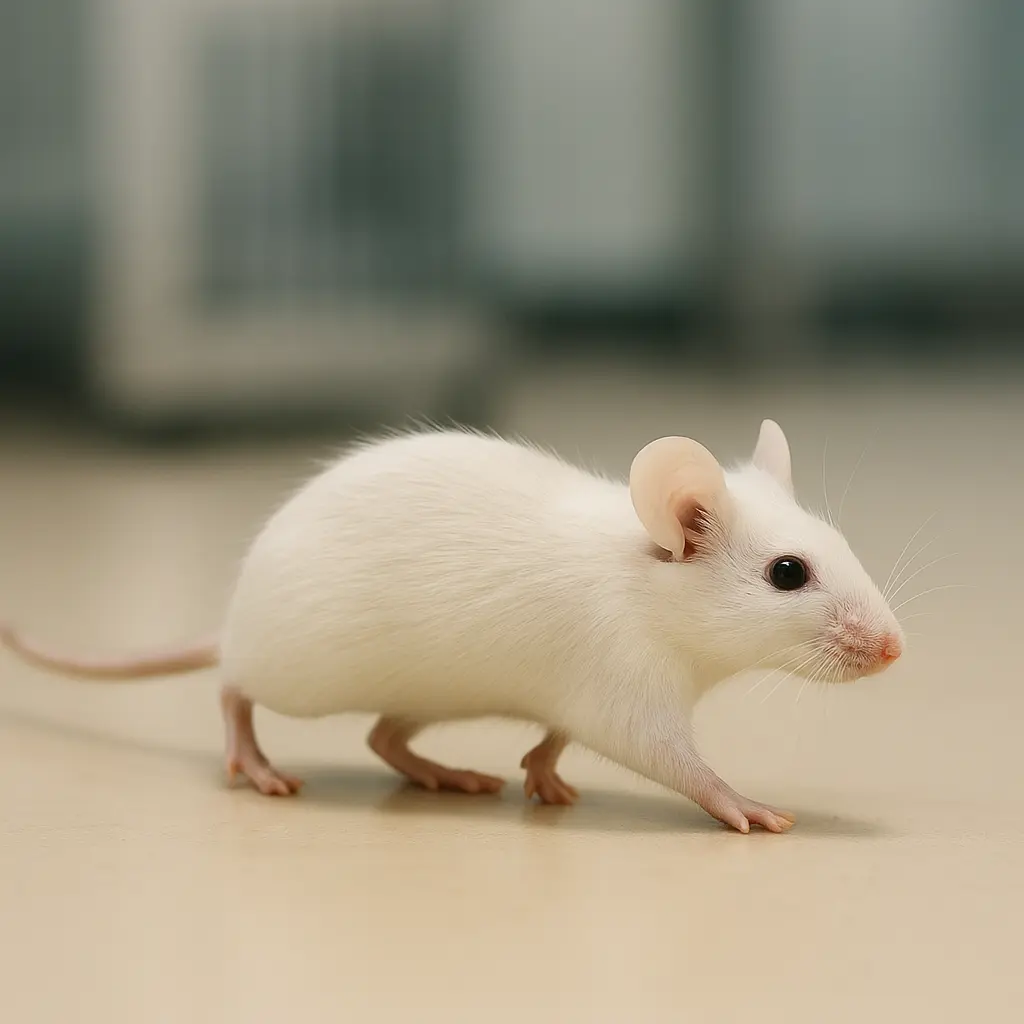
Rearing behavior is a fundamental aspect of rodent behavior characterized by the vertical raising of the forelimbs, allowing the rodent to explore its environment, investigate objects, and maintain vigilance. Rearing can occur in two primary forms: supported rearing, where the rodent supports itself against a wall or other surface, and unsupported rearing, where the rodent stands freely on its hind legs. These behaviors are essential indicators of exploratory activity, anxiety, motor coordination, and sensory processing in rodents.
This article provides a comprehensive overview of supported and unsupported rearing behavior in rodents, exploring their neural, genetic, environmental, and experimental aspects. It also highlights how these behaviors are used as models for studying anxiety, motor control, sensory processing, and neurological disorders.
Rearing behavior in rodents is a critical and versatile indicator of several physiological and psychological states. Researchers study rearing behavior because it provides insights into a wide range of biological processes, including sensory processing, motor control, anxiety, exploration, and neurological function.
Rearing is a primary component of exploratory behavior in rodents. It allows rodents to scan their surroundings, detect new objects, and assess environmental changes. Rearing is a natural expression of curiosity, making it a valuable model for studying how rodents explore unfamiliar environments. In research, the frequency and duration of rearing are used as indicators of exploratory drive, motivation, and spatial awareness.
Rearing behavior is a well-established indicator of anxiety in rodents. Reduced rearing is often associated with increased anxiety, while increased rearing may indicate reduced anxiety or heightened curiosity. Researchers use rearing behavior in anxiety-related tests, such as the open field test and the elevated plus maze, where reduced rearing in the open areas is interpreted as increased anxiety.
Unsupported rearing, where the rodent stands on its hind legs without support, is a direct test of motor coordination, balance, and muscle strength. Rodents must maintain stability and control their body position, making this behavior a sensitive indicator of motor function. Researchers use rearing behavior to assess motor impairments in models of neurological disorders, such as Parkinson’s disease or cerebellar ataxia.
Rearing provides a model for studying sensory processing because it allows rodents to actively gather sensory information from their environment. During supported rearing, rodents use their forepaws to touch surfaces, while during unsupported rearing, they use their whiskers and visual system to scan their surroundings. Researchers study how sensory deficits, such as vision loss, affect rearing behavior.
Abnormal rearing patterns can indicate underlying neurological impairments. For example, rodents with damage to the motor cortex, cerebellum, or basal ganglia may exhibit reduced rearing, difficulty maintaining balance, or uncoordinated movements. Researchers use rearing behavior to study the impact of neurological disorders on motor control and sensory integration.
Rearing behavior is a sensitive endpoint for assessing the effects of drugs on the nervous system. Researchers use rearing frequency, duration, and type (supported vs. unsupported) to measure the impact of anxiolytic drugs, sedatives, stimulants, and neuroprotective agents. Reduced rearing may indicate sedation, while increased rearing may indicate stimulation or reduced anxiety.
Genetic differences between rodent strains can lead to variations in rearing behavior. Researchers use transgenic rodent models to study how specific genes, such as those affecting dopamine, serotonin, or GABA receptors, influence rearing frequency and duration. For example, rodents with mutations affecting dopamine receptors may exhibit reduced rearing due to impaired motivation.
Rearing behavior is highly sensitive to environmental conditions. Factors such as lighting, noise, temperature, social housing, and environmental enrichment can significantly impact rearing behavior. Researchers study how these factors influence rearing to understand how external conditions affect neural activity, anxiety, and exploration.
Rearing behavior is an essential indicator of neurodevelopment in young rodents. During early postnatal development, rodents exhibit increasing rearing as they explore their environment and develop motor skills. Researchers use rearing behavior to study how sensory-motor integration and neural circuits mature over time.
Rearing behavior is a versatile model that bridges multiple areas of neuroscience, including sensory processing, motor control, anxiety, exploration, and neurogenetics. By studying rearing in rodents, researchers can explore how the nervous system integrates sensory inputs, generates motor commands, and adapts to environmental changes. This research is critical for understanding how the brain controls behavior in both health and disease.
Supported rearing occurs when a rodent raises its body by placing its forelimbs against a vertical surface, such as a wall or cage side. This type of rearing is characterized by:
Unsupported rearing occurs when a rodent stands on its hind legs without using any support. This type of rearing is characterized by:
Increased Motor Demands: This behavior requires greater muscle control and coordination.
Rearing behavior in rodents is regulated by an intricate network of neural circuits that integrate sensory, motor, and cognitive processes:
This intricate network ensures that rearing behavior is not merely a motor activity but a complex, integrated response involving multiple neural systems.
Genetic differences significantly influence rearing behavior in rodents, with distinct patterns of rearing linked to genetic variations across different strains of mice and rats. Researchers leverage this genetic diversity to uncover how specific genes regulate motor control, anxiety, sensory processing, and exploratory behavior. Key aspects include:
Mice with cerebellar ataxia (e.g., Lurcher mice) exhibit impaired unsupported rearing, providing insights into motor coordination.
Environmental factors have a profound impact on rearing behavior in rodents, affecting the frequency, duration, and type of rearing. Key factors include:
Understanding these environmental influences is critical for designing experiments and ensuring the accurate interpretation of rearing behavior in behavioral research.|
Experimental models are essential for accurately studying and quantifying rearing behavior in rodents. These models allow researchers to measure rearing in controlled environments, enabling the assessment of various factors that influence this behavior, including anxiety, curiosity, motor function, and genetic variations. Here is an expanded overview of the most common experimental models used in rearing behavior studies:
The Open Field Test is one of the most widely used behavioral assays for measuring general locomotor activity, exploration, and anxiety-related behaviors in rodents. It consists of an open, enclosed arena, often circular or square, with high walls to prevent escape.
The Elevated Plus Maze is an anxiety-related test consisting of a plus-shaped apparatus with two open arms and two closed arms, elevated above the ground.
The Novel Object Recognition Test is used to measure curiosity, exploratory behavior, and recognition memory in rodents.
The Hole-Board Test is an exploratory test that assesses neophilia (interest in new stimuli) and anxiety. It consists of a flat platform with evenly spaced holes.
Transgenic rodent models are specifically bred to express or lack certain genes, providing insights into the genetic basis of rearing behavior.
Advanced behavioral tracking systems use computer vision and artificial intelligence to automatically detect and classify rearing behaviors.
Supported and unsupported rearing are fundamental aspects of rodent behavior that serve as critical indicators of sensory processing, motor control, anxiety, and neurological function. By studying these behaviors, researchers gain valuable insights into how rodents explore their environment, assess threats, and maintain balance. Rearing behavior is not merely a motor action; it is a complex, integrated response influenced by genetic, neural, and environmental factors.
Rearing is an essential measure in a wide range of research fields, including neuroscience, behavioral psychology, pharmacology, and genetics. In anxiety research, reduced rearing may indicate increased anxiety, while increased rearing may indicate reduced anxiety or heightened exploratory drive. In motor control studies, unsupported rearing provides a sensitive measure of balance, coordination, and muscle strength, making it a useful model for studying motor disorders such as Parkinson’s disease and cerebellar ataxia. Researchers also use rearing behavior to study sensory processing, as it allows rodents to gather tactile, olfactory, and visual information about their surroundings.
Moreover, rearing behavior serves as a model for understanding the impact of genetic and environmental factors on behavior. Transgenic rodent models allow researchers to explore how specific genes, such as those affecting dopamine, serotonin, or GABA receptors, influence rearing patterns. Environmental factors, including lighting, noise, social housing, and enrichment, significantly impact rearing frequency and duration, providing insights into how external conditions affect neural activity and anxiety.
Overall, the study of supported and unsupported rearing in rodents is a versatile and powerful tool for exploring how the nervous system integrates sensory inputs, generates motor commands, and adapts to changing conditions. This research is critical for advancing our understanding of motor control, anxiety regulation, sensory processing, and the genetic basis of behavior.
Written by researchers, for researchers — powered by Conduct Science.




